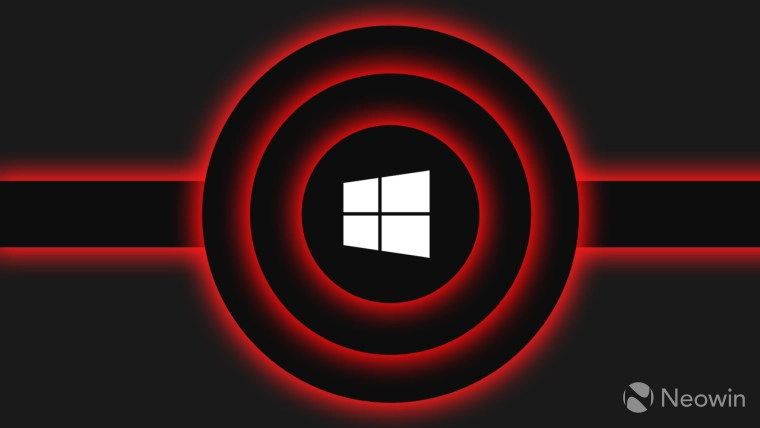Last week, Microsoft faced a significant issue when the Windows 11 update KB5044284 was mistakenly deployed to Windows Server 2019 and 2022 systems. This situation attracted criticism from Heimdal, a third-party application management provider, which attributed the mishap to Microsoft.
Microsoft later admitted that it had unintentionally made the latest Server version available as an optional update for Windows Server 2022 and 2019. Early speculation suggested that the misclassification of a client OS update as a Server update led to this error.
In response to the incident, Microsoft provided detailed documentation on its Windows health dashboard, clarifying the event’s specifics. The company has advised that feature updates should be regarded as “optional” rather than “recommended.”
The key points from Microsoft’s communication included:
- Some systems upgraded automatically to Windows Server 2025 due to interactions with third-party management software. Organizations are encouraged to check if their third-party tools are configured to avoid deploying feature updates erroneously.
- An in-place upgrade option was presented through a notification banner on the Windows Update page.
Microsoft is committed to preventing similar issues in the future by collaborating with third-party application management providers and introducing a new group policy that allows administrators to select feature update versions explicitly.
This new protocol includes the “hold” setting for controlling visibility of upgrade offers, ensuring that updates are clearly marked as optional. This incident has highlighted the necessity for revising classification criteria among various updates, as updates for Windows Server 2025 and Windows 11 will be designated with shared knowledge base identifiers but will feature distinct release note sites in the future.
For additional details on this situation, you can refer to the official Windows health dashboard.
